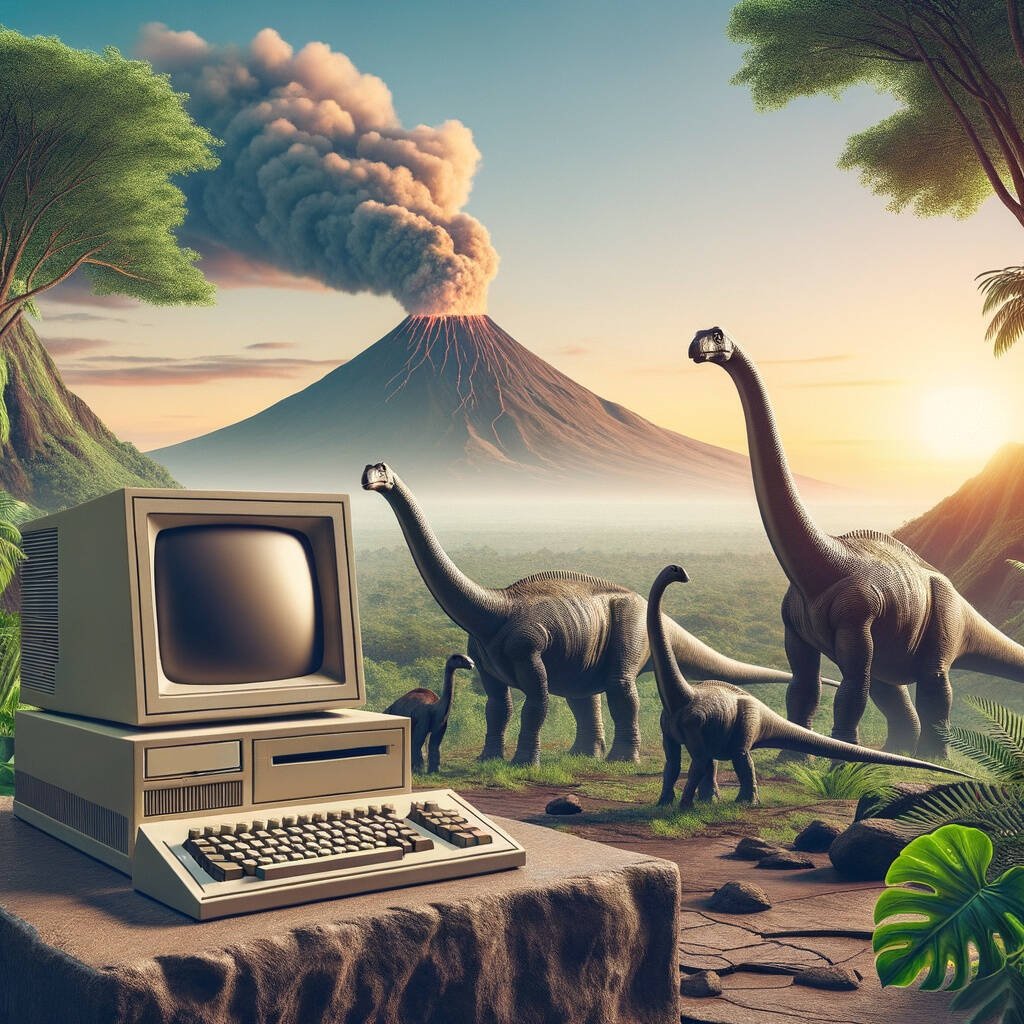
Key Takeaways:
In the ever-evolving landscape of computer technology, few operating systems have had as significant an impact as Unix. Born in the early 1970s, Unix paved the way for modern computing through its revolutionary design principles and philosophy. In this article, we will explore the fascinating journey of Unix desktops and their role in shaping the way we interact with computers today.
The Birth of Unix: Revolutionizing Operating Systems
Unix was developed at Bell Labs by Ken Thompson, Dennis Ritchie, and their team. Seeking a more efficient and powerful alternative to Multics, an early time-sharing operating system, they set out to create an operating system that could run on various hardware platforms. They achieved this by designing Unix to be highly portable, making it compatible with different computer architectures.
At the core of the Unix philosophy were the principles of simplicity, modularity, and extensibility. These foundational ideas shaped the direction of Unix development and made it a preferred choice for developers worldwide.
In its early years, Unix was primarily used on mainframes and minicomputers, mainly by researchers, scientists, and developers. The introduction of Unix desktop environments in the 1980s marked a significant turning point in the evolution of operating systems.
One crucial breakthrough in Unix desktop evolution was the development of the X Window System. This was a fundamental shift as it allowed Unix to run graphic applications independently of the underlying hardware. The X Window System enabled networked computing, where users could access their Unix desktops remotely and collaborate seamlessly.
The 1990s saw the emergence of two influential Unix desktop environments—KDE (Kool Desktop Environment) and GNOME (GNU Network Object Model Environment). These environments focused on creating user-friendly interfaces that rivalled the ease of use provided by popular operating systems like Windows and Mac OS.
KDE and GNOME introduced graphical interfaces, making Unix more accessible to casual computer users. Their development propelled Unix desktops into the mainstream, drawing a broader audience to this powerful and flexible operating system.
The Evolution of Unix Desktops: Innovations and Advancements
Unix’s modularity made it an ideal platform for integrating networking and multitasking capabilities—a significant step in advancing operating system technology. The introduction of networking allowed Unix users to communicate and share resources, while multitasking enabled running multiple processes simultaneously.
This integration made Unix an ideal choice for environments where collaboration and resource-sharing were essential, such as universities and research centers.
Unix’s scripting capabilities played a vital role in automation and task simplification. Perl, a powerful scripting language, and shell scripting allowed users to automate repetitive tasks and create custom workflows tailored to their needs. This extensibility made Unix desktops highly desirable for both power users and developers.
FAQs about the Evolution of Unix Desktops
Q: What made Unix desktops stand out from other operating systems?
Q: How did the arrival of KDE and GNOME impact Unix adoption?
Q: Can I still use Unix desktops today?
Conclusion
The evolution of Unix desktops has greatly influenced the course of modern computing. By introducing critical functionalities like networking, multitasking, and user-friendly interfaces, Unix has shaped the way we interact with computers. The principles of simplicity, modularity, and extensibility that underpin Unix’s design have become timeless standards in software development. Unix desktops continue to thrive today, providing users with a powerful and customizable computing experience.
Key Takeaways:
Source: insidertechno.com